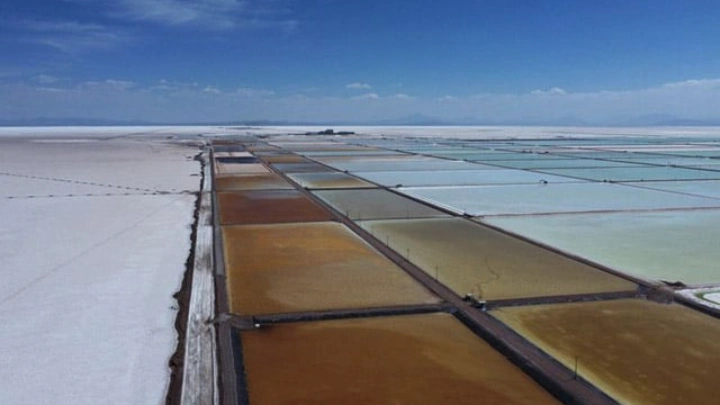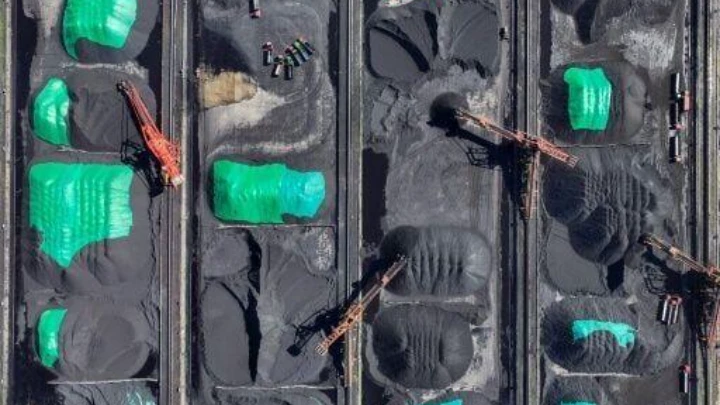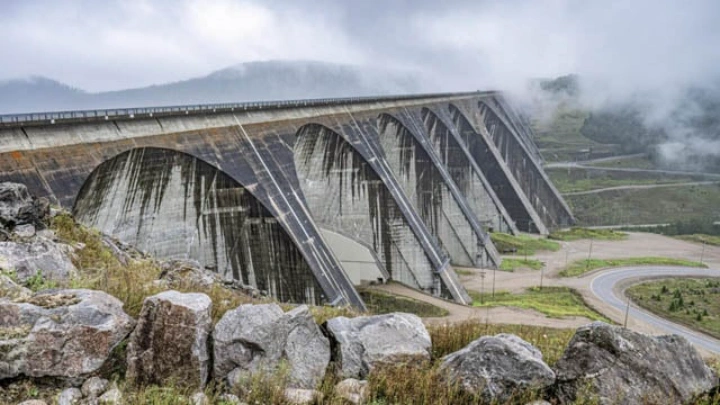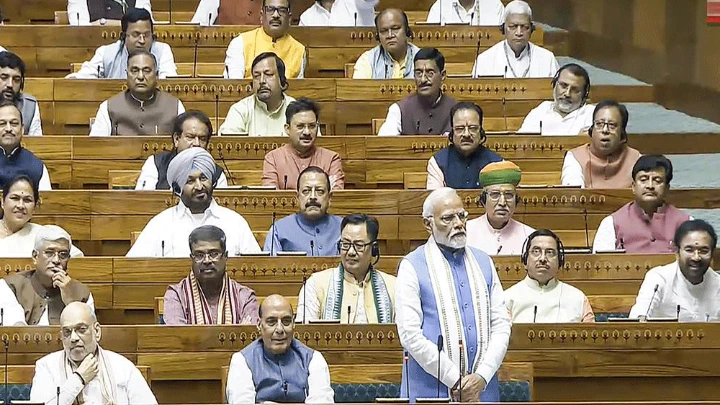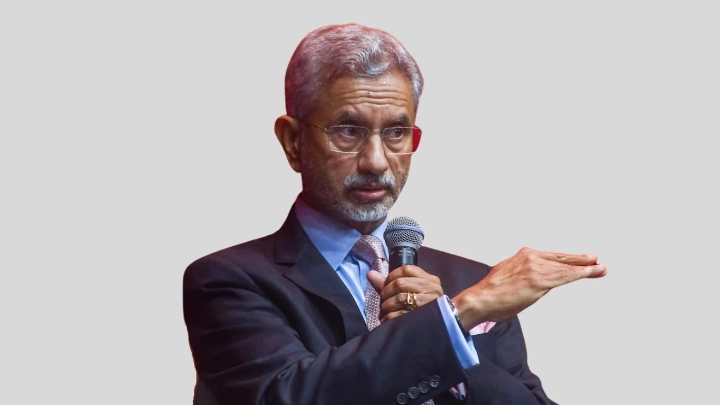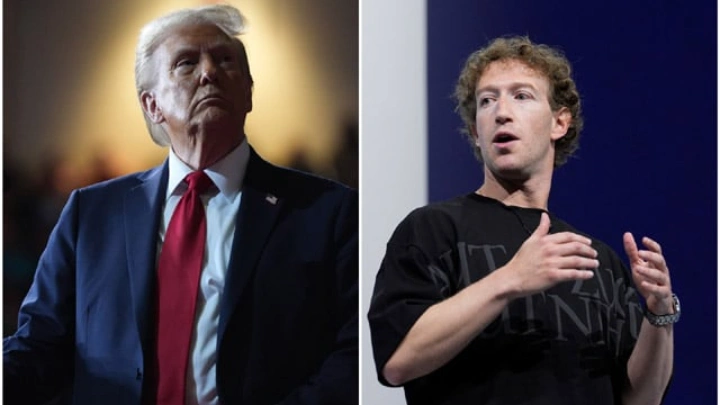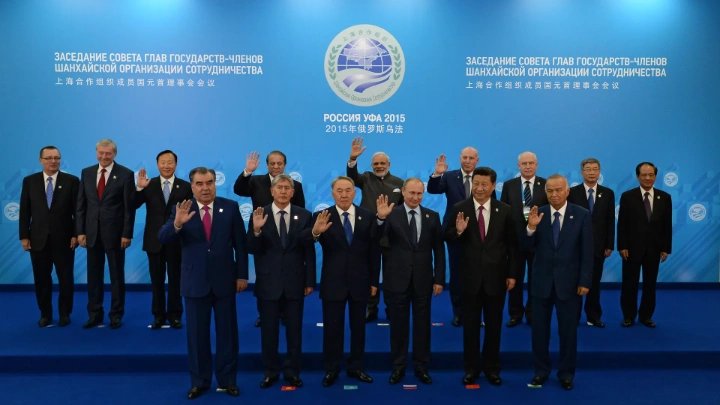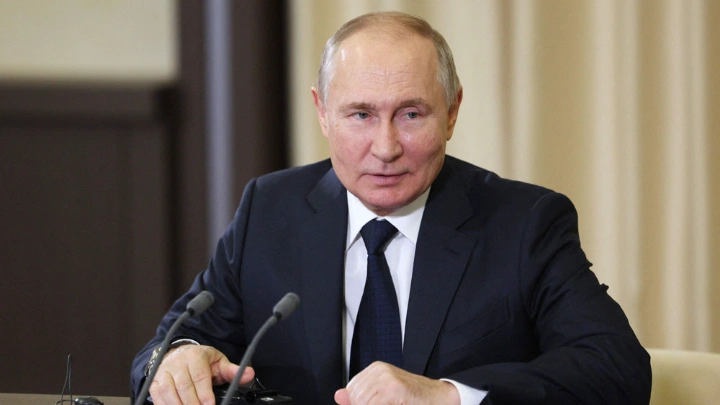Expensive climate policy is dead — and it could be an immense opportunity
DhakaTribune || Shining BD
The latest climate summit has been as hypocritical and dysfunctional as every one before, with most world leaders not even bothering to turn up. Still, 50,000 people flew in from across the world, while essentially telling the rest of us to stop flying. Poor-country politicians performatively staged a “walk-out”, and rich nations ended up promising a climate slush fund of $300 billion a year.
This extravagant pay-off is unlikely to happen, just like previous fanciful pledges made over three decades of climate summits. While virtually every summit has promised to cut emissions, they’ve increased almost every year, and 2024 reached a new high. In 2021, the world promised to phase-down coal. Since then, global coal consumption has only gone up.
We need a different gameplan—and the decisive election of Donald Trump may upend these sanctimonious summits. Therein lies an opportunity for the world.
Carbon emissions continue to grow because cheap, reliable power, mostly from fossil fuels, drives economic growth. Wealthy countries like the US and European Union members have started to cut emissions but the rest of the world remains focused on eradicating poverty.
The rich world has tried to bribe the poor to agree to emission cuts, mainly by rebranding existing development aid. Unsurprisingly, rich countries paying lip service to the pay-offs has led to poor countries paying lip service to the climate pageantry, while actually driving economic growth with ever-more fossil fuels. Promising hundreds of billions extra, which the rich world can ill afford, just means more pretending from both sides.
Green campaigners insist that the global transition away from fossil fuels is unstoppable, yet over the past decade and even just last year, fossil fuel energy has increased twice as much as green energy. Even the Biden Administration’s Energy Information Administration expects fossil fuels to increase all the way to 2050.
Green politicians insist solar and wind are cheaper than fossil fuels, but this is only true when the sun is shining and the wind is blowing. In reality, such renewables need massive subsidies and redistributive taxes, which has driven up electricity costs in the EU by 50% since 2000, now costing each person over $300 extra annually.
The reality is most countries in the world don’t want to emulate virtue-signaling nations like Germany, which has hiked energy prices, sacrificed industry and given up on economic growth for the sake of green energy. Despite economic hardships like its first two-year recession, on current trends it will take Germany half a millennium to entirely stop using fossil fuels.
Recent years have seen politicians promising feverishly to cut even more carbon—but the election of Donald Trump, who campaigned on pulling out of the Paris Agreement and scrapping renewable energy projects, means this bubble is bursting.
And these troubles began even before Trump’s election. Despite an exuberant stock market in recent years, clean energy shares have lost half their value. After the US election, they immediately tumbled further, based on the expectation that subsidy spigots will be turned off in the US.
The “net zero” green agenda, based on massive subsidies and expensive legislation, will likely cost $27 trillion per year across the century, making it utterly unattractive to most nations. Trump will dump these policies. Without huge transfers of wealth, China, India and many other growing, developing countries will in effect disavow these policies, too. This leaves a rag-tag group mostly from the EU, which can scarcely afford their own policies but have no ability to pay off everyone else.
Fortunately, there is a much better and cheaper way to tackle climate change. Climate economists have long shown that investment in green energy R&D is the most efficient approach. For just a tiny fraction of current, inefficient green spending, we could quintuple global green innovation to drive down the price of new technologies like better batteries and fourth-generation nuclear.
Innovating the price of green energy below fossil fuels is the only way to get everyone to switch. This approach can even help convince policymakers who are skeptical about climate change because they see the vast potential in cheaper energy.
A dose of realism could also end the elite’s singular preoccupation with climate. The rich world faces many challenges: rapid aging, an urgent need for pension reform, growing healthcare costs, flatlining education results, and more military threats. The trillions wasted on current climate policies could be much better spent.
For the world’s poorer half, problems of poverty, hunger, easily curable infectious diseases, and corruption need more attention, and they have incredibly cheap and effective solutions. Instead of the immense, and mostly poorly spent, climate bribes, this money could boost development across the global south.
Climate campaigners can spend the next four years doubling down on policies that have failed for the past three decades and protesting the Trump Administration for its policy shift. Or they can use the opportunity to refocus on a smarter and much cheaper green innovation policy—and address all the other urgent problems facing the world.
Shining BD






